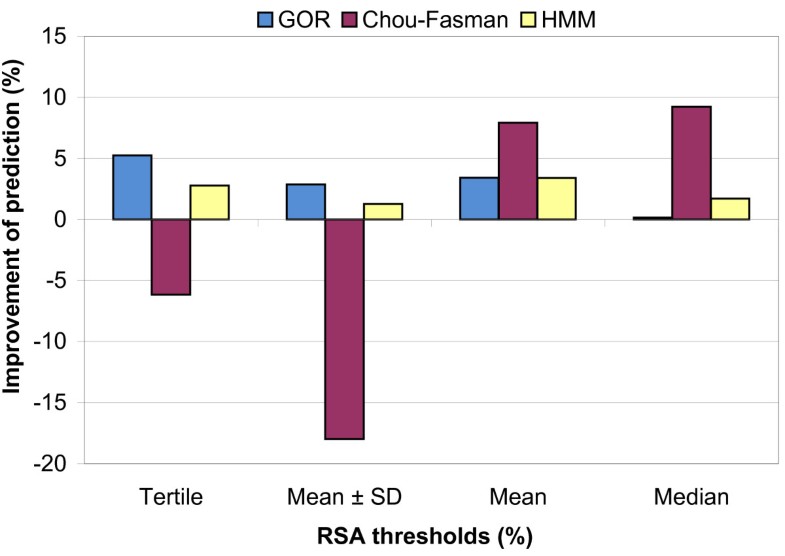Chou Fasman Prediction Program
The Chou–Fasman method is an empirical technique for the of in, originally developed in the 1970s by Peter Y. Chou and Gerald D. The method is based on analyses of the relative frequencies of each in, and based on known solved with. From these frequencies a set of probability parameters were derived for the appearance of each amino acid in each secondary structure type, and these parameters are used to predict the that a given sequence of amino acids would form a helix, a beta strand, or a turn in a protein. The method is at most about 50–60% accurate in identifying correct secondary structures, which is significantly less accurate than the modern –based techniques.
Chou PY, Fasman GD (1974). 'Prediction of protein conformation'. 13 (2): 222–245.

Chou PY, Fasman GD (1978). 'Empirical predictions of protein conformation'. Annu Rev Biochem. 47: 251–276. Chou PY, Fasman GD (1978).
Adv Enzymol Relat Areas Mol Biol. Advances in Enzymology - and Related Areas of Molecular Biology. Pp. Kabsch W, Sander C (1983). 'How good are predictions of protein secondary structure?' 155 (2): 179–82. ^ Mount DM (2004).
Academia.edu is a platform for academics to share research papers.
Bioinformatics: Sequence and Genome Analysis (2nd ed.). Cold Spring Harbor, NY: Cold Spring Harbor Laboratory Press. Chou PY, Fasman GD (1974). 'Conformational parameters for amino acids in helical, beta-sheet, and random coil regions calculated from proteins'. 13 (2): 211–222. Kyngas J, Valjakka J (1998).
Our partners use cookies to ensure we show you advertising that is relevant to you. Such third party cookies may track your use on Oneindia sites for better rendering. Malayalam crime magazine. This includes cookies from third party social media websites and ad networks.
'Unreliability of the Chou–Fasman parameters in predicting protein secondary structure'. 11 (5): 345–348. Chen H, Gu F, Huang Z (2006). BMC Bioinformatics. 7 (Suppl 4): S14.External links.